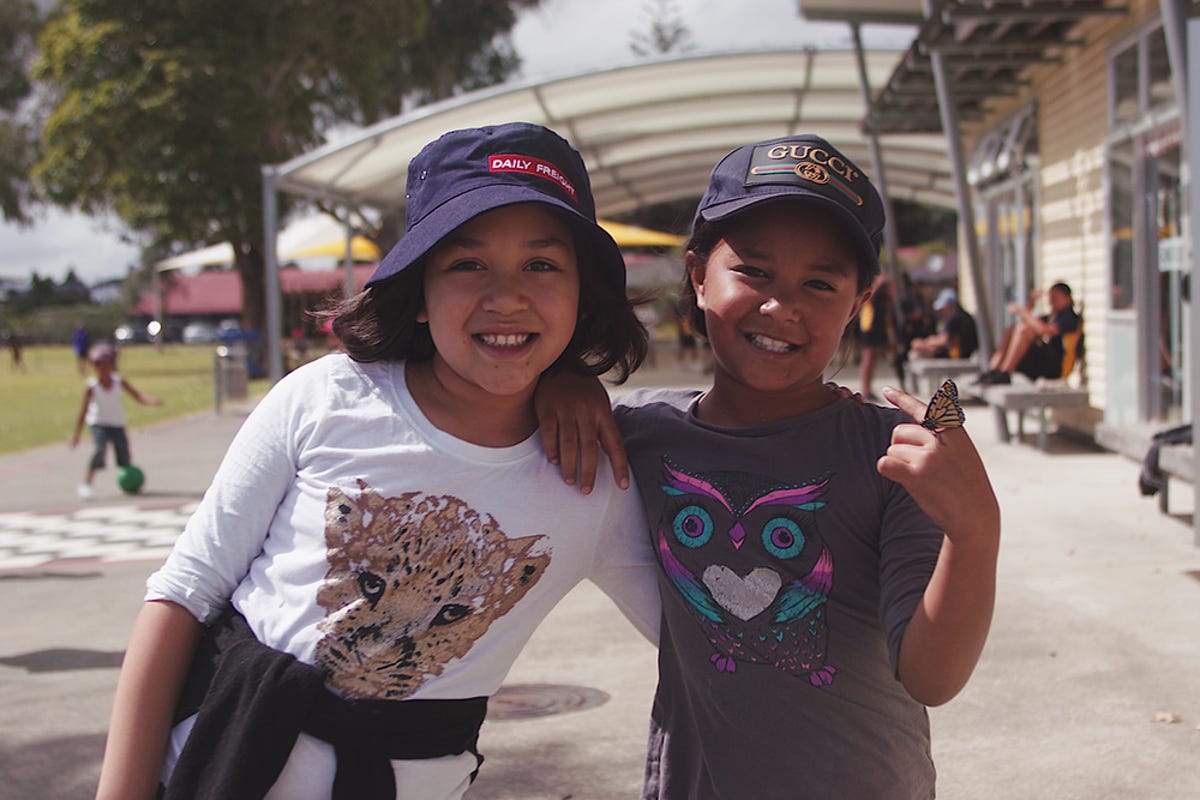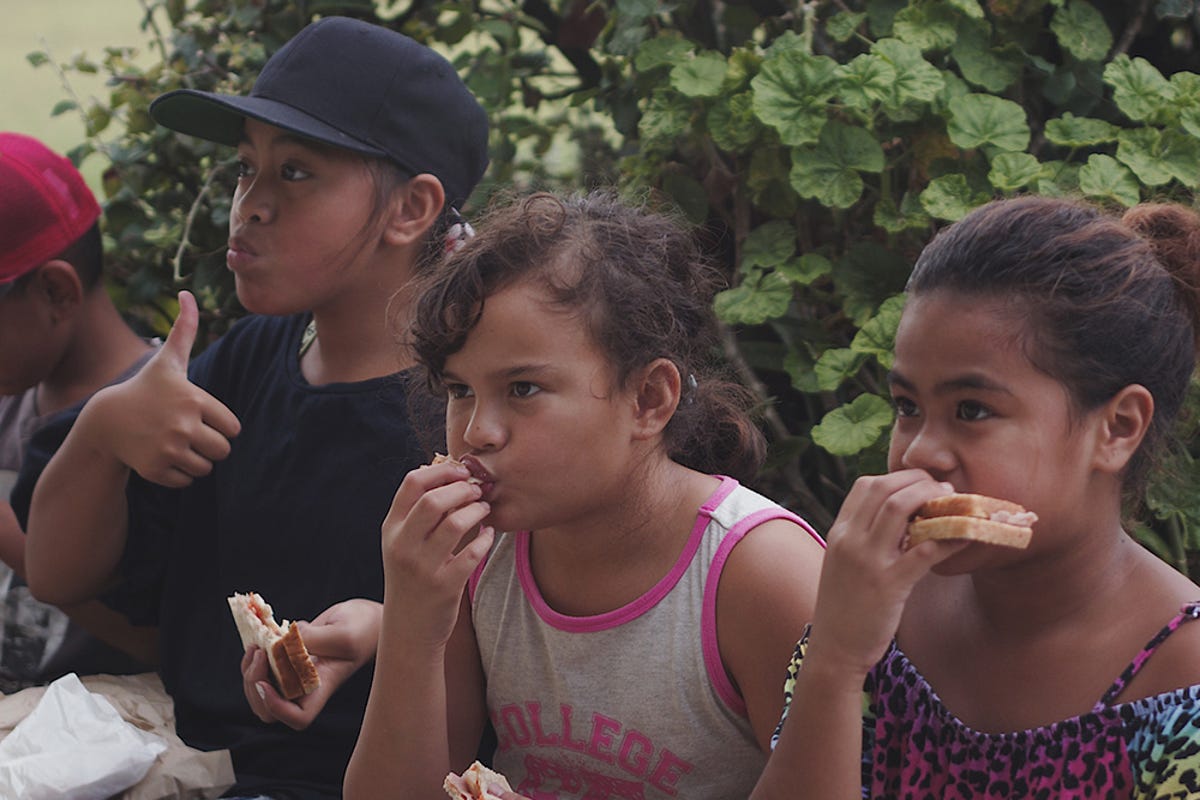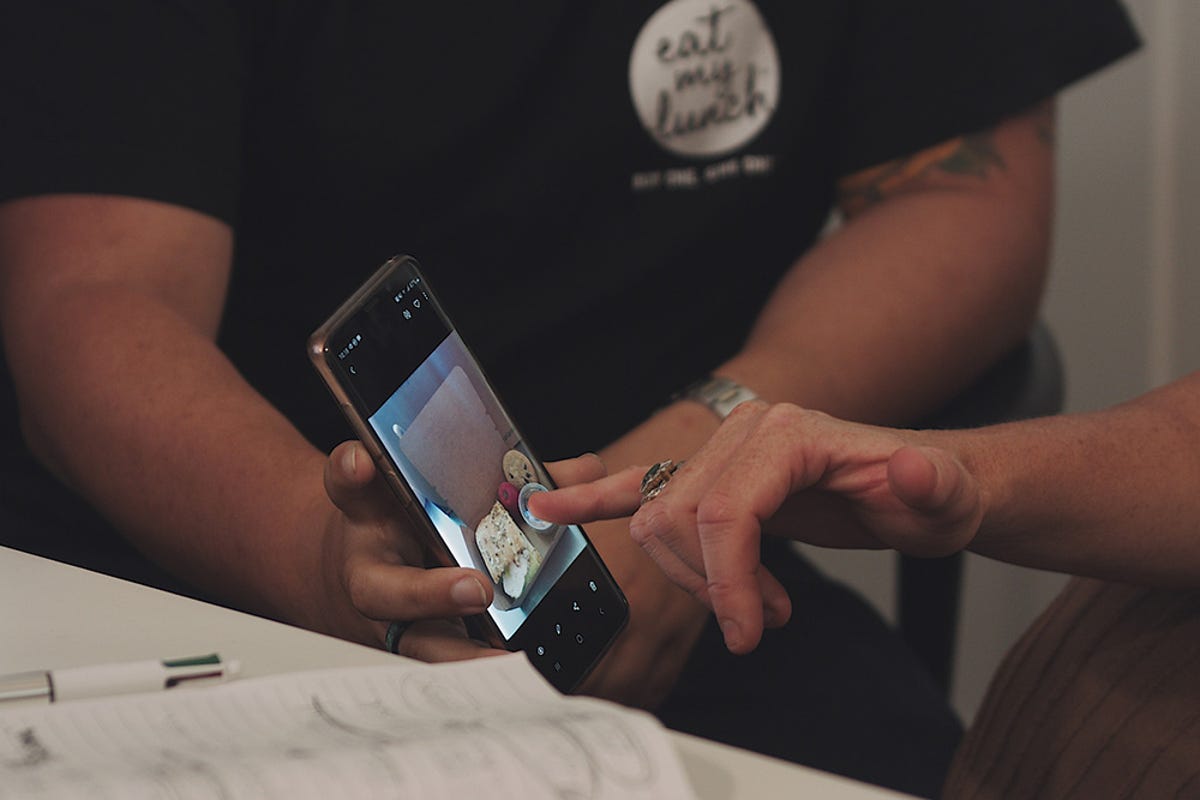Fellow Portrait
Lisa King
Eat My Lunch

Eat My Lunch's mission is to ensure no child goes to school hungry, using a buy-one-give-one model to give lunches to children in need.
Oceania
New Zealand
Fellow
2020
Updated March 2020
The Invisible Problem of Child Poverty
A testimonial from Onyx, a primary school student, speaks to the child poverty problem in New Zealand from bitter personal experience.
“At my last school I used to stay home if I had no lunch, now I come to school every day, my favorite sandwich is tuna.”
Twenty-seven percent of children in New Zealand, a country of 4.5 million, live in poverty. One in five suffers from food insecurity. Yet the problem is often invisible. And because New Zealand is one of only a few Organization for Economic Cooperation and Development (OECD) member states without a government-funded school lunch program, poor children suffer far more than their wealthier peers.
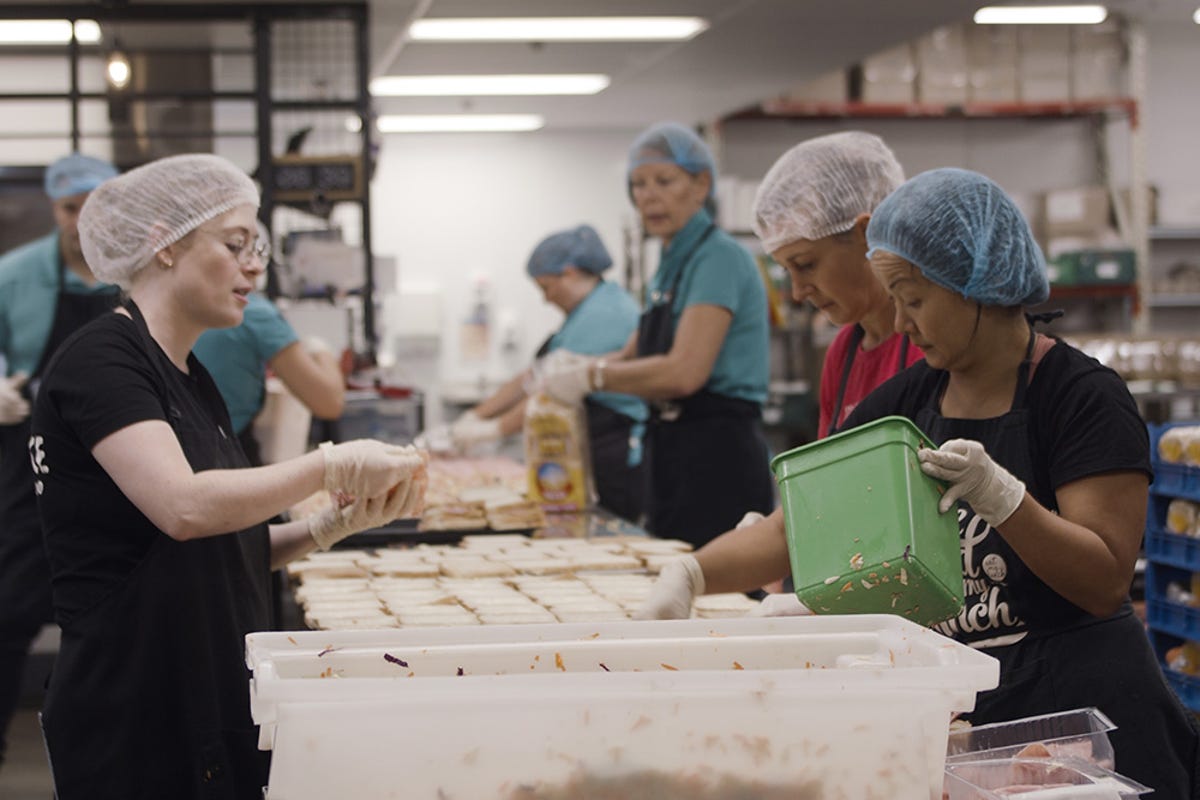
Applying Buy-One-Give-One to Solving Food Insecurity
Lisa King remembers watching a TV news story about child poverty five or six years ago. “The piece hit me in a way that I couldn’t shake.” She then began researching the problem, which felt especially urgent. “As a mum you think, there’s no way I could let my kids go to school all day without eating.” She wondered how any child could learn while sitting in class hungry and thought about the devastating effect hunger would have on a child’s chance for an education.
One night she was chatting with a friend about the issue and happened to glance at her feet. “I was wearing a pair of TOMS shoes.” TOMS, founded in 2006, popularized the buy-one-give-one business model by giving away a pair of shoes to someone in need for every pair sold. “I said, this is such a great model that works really well with shoes, why don’t we do it for lunches?” The idea for Eat My Lunch was born.
Though the model is simple, the execution was more complicated. “There’s an immediacy with food and the buy-one-give-one model,” Lisa says. “You can’t wait until a hundred thousand people have bought [a lunch] because people expect the giving to happen at the same time.” Lisa applied her past experience marketing big food brands as she and her partner, acclaimed chef Michael Meredith, figured out the logistics of the business.
They weren’t thinking big at first. She thought they would be doing well if they eventually got to the point where they could make 50 lunches daily. Eat My Lunch accomplished that on its first day of operation in June of 2015. By the second or third week, orders had quadrupled. By the twelfth week, the company hit its three-year forecast. “This is all happening in my house,” Lisa says. “It was really amazing.”
I didn’t want to just sit around talking about the problem. I wanted to do something about it. Actions not words. That’s one of the core values this business has been built on.
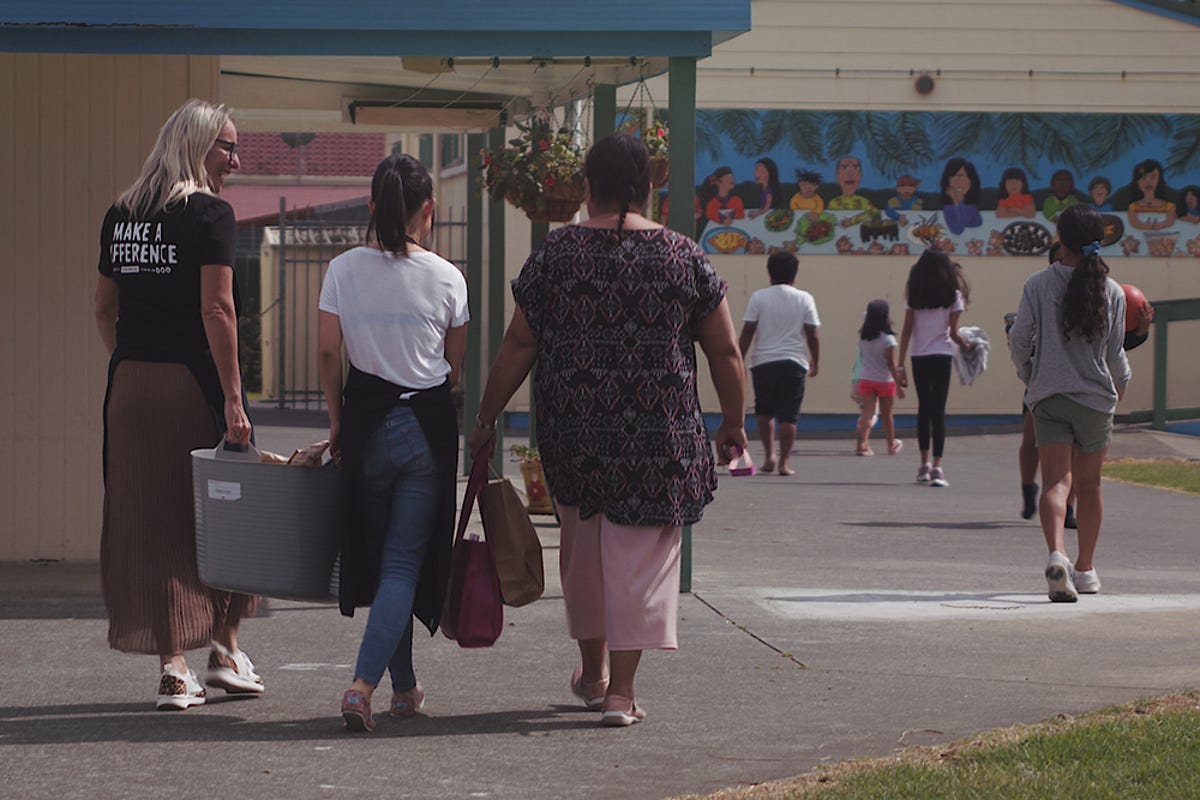
School Attendance—and Health—Increases When Kids Have Lunch
In the beginning, Lisa and Michael delivered lunches to kids themselves, which gave them a sense of how life-changing the business could be. Lisa says, “You’d get to meet the kids and they love the food. And then it was heartbreaking to see that this small lunch had made such a difference to them.”
Quantifying their impact through a survey, Eat My Lunch discovered a benefit for schools in the form of reduced absences. Many families kept kids home because kids who went to school without lunch felt excluded and embarrassed. Eat My Lunch also documented an increase in kids’ health and well-being.
To date, the company has given out 1.44 million lunches and serves 79 schools in Auckland and Wellington, feeding around 2,000 kids a day. Corporate customers, many of whom are busy office workers who want lunch conveniently delivered to their desks, make this possible. “People buy [our lunches] because they love the impact and giving to the kids, but we have to be super competitive with every other catering company or café on Uber Eats,” Lisa says. Eat My Lunch stays competitive by monitoring and responding quickly to food trends and customer requests.
A lot of the kids had never had cherry tomatoes before and didn’t even know what they were… we’re slowly changing their palates toward more healthy foods.
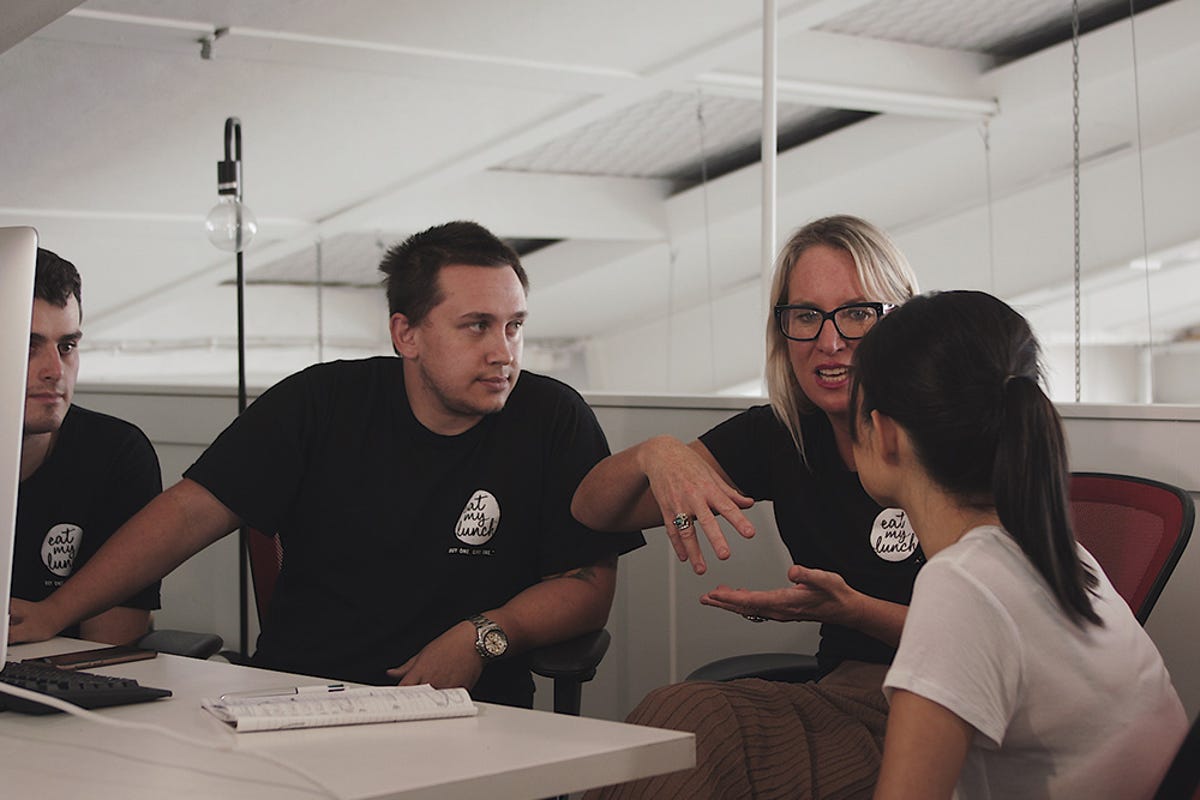
Expanding Buy-One-Give-One to Other Markets
Looking ahead, Lisa comments, “We definitely want to have a big impact in New Zealand first and foremost. But it would be really amazing to be able to take this model to markets like Australia and Canada where they have a similar non-government-funded lunch system. I really want to leave a legacy for my own kids.” And she wants to know she’s doing more in her work day than coming up with a great marketing campaign to sell more chocolate. She wants a meaningful answer to the daily question, “What have I done that’s made a difference?”
We’ve given 1.44 million lunches starting in June 2015. We currently give to 79 schools in Auckland and Wellington and we feed around 2,000 kids a day.
